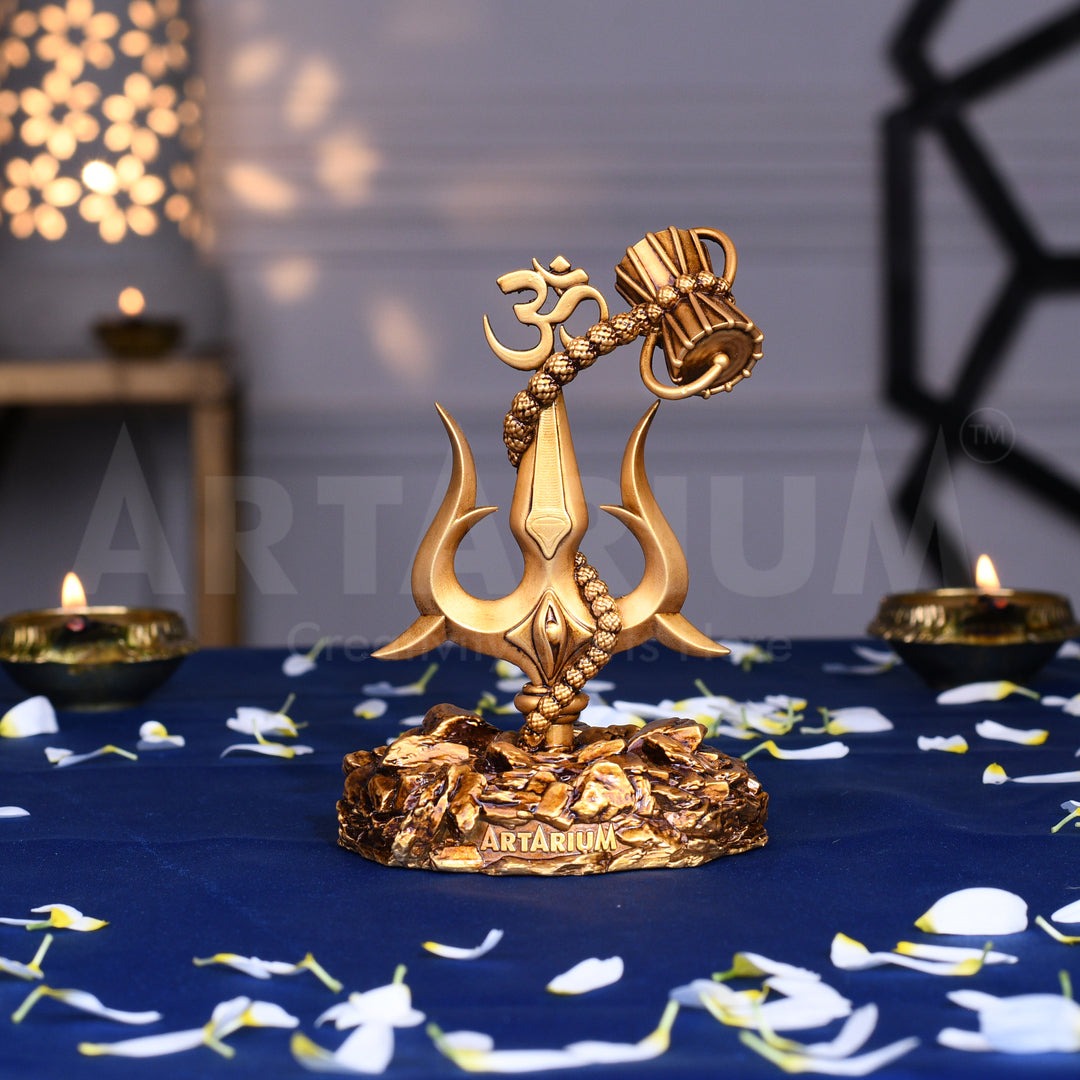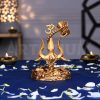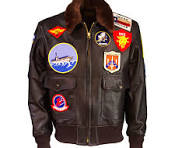Unveiling the Divine Symbolism of Lord Shiva’s Trishul and Damru

Introduction: In the vast tapestry of Hindu mythology, few deities are as revered and enigmatic as Lord Shiva. Often depicted in various forms, adorned with symbols that carry profound meanings, Lord Shiva embodies the essence of creation, destruction, and regeneration. Among the most iconic symbols associated with him are the Trishul (trident) and the Damru (a small drum). These symbols hold deep spiritual significance, offering insights into the multifaceted nature of existence and the divine attributes of Shiva.
The Trishul: At the heart of Lord Shiva’s iconography lies the Trishul, a three-pronged weapon symbolizing his unparalleled power over the three fundamental aspects of existence: creation (Brahma), preservation (Vishnu), and destruction (Maheshwara). Each prong of the Trishul represents these cosmic forces, demonstrating the cyclical nature of existence wherein creation inevitably leads to preservation and ultimately to destruction, paving the way for new creation.
-
Creation (Brahma): The first prong of the Trishul signifies the creative aspect of Shiva, associated with Lord Brahma, the creator of the universe. It represents the genesis of life, the emergence of new possibilities, and the endless potential inherent in the cosmic order.
-
Preservation (Vishnu): The second prong symbolizes preservation, a role attributed to Lord Vishnu, who sustains the universe and maintains cosmic balance. It embodies the notion of continuity, harmony, and the eternal rhythm of existence, wherein life is sustained through cycles of preservation.
-
Destruction (Maheshwara): The third prong, perhaps the most striking aspect of the Trishul, signifies destruction, which is under the dominion of Shiva in his form as Maheshwara, the great destroyer. It represents the inevitable dissolution of all forms, the dismantling of the old to make way for the new, and the transformative power of destruction in the cosmic cycle.
The Damru: Accompanying the Trishul in depictions of Lord Shiva is the Damru, a small drum-shaped instrument held in one of his hands. Despite its unassuming appearance, the Damru holds profound symbolic significance, reflecting the rhythm of the cosmos and the primal sound of creation.
-
Rhythm of Creation: The rhythmic beats of the Damru are said to echo the primordial sound of ‘OM’, the cosmic vibration from which the universe emanates. As Shiva plays the Damru, it symbolizes the ongoing process of creation, the pulsating rhythm of life, and the cyclical nature of existence.
-
Duality and Harmony: The two sides of the Damru, representing the dualities inherent in the universe – such as light and darkness, birth and death, creation and destruction – are bound together by a central axis. This signifies the inherent harmony underlying all dualities, emphasizing the unity of opposites within the cosmic order.
-
Awakening Consciousness: According to Hindu mythology, the sound of the Damru played by Shiva is believed to awaken consciousness and dispel ignorance. It symbolizes the journey from darkness to light, from ignorance to enlightenment, as individuals attune themselves to the divine rhythm of the universe.
Conclusion: In the divine symbology of Lord Shiva’s Trishul and Damru, we find a profound representation of the cosmic forces at play in the universe and the transcendent nature of existence itself. Through the Trishul, Shiva demonstrates his mastery over creation, preservation, and destruction, reminding us of the eternal cycle of life and the impermanence of all forms. Accompanied by the rhythmic beats of the Damru, Shiva invokes the primal sound of creation, guiding us towards spiritual awakening and harmony with the cosmic order. Thus, the Trishul and Damru serve not only as symbols of Shiva’s divine attributes but also as potent metaphors for the truths of existence that resonate across cultures and civilizations.




